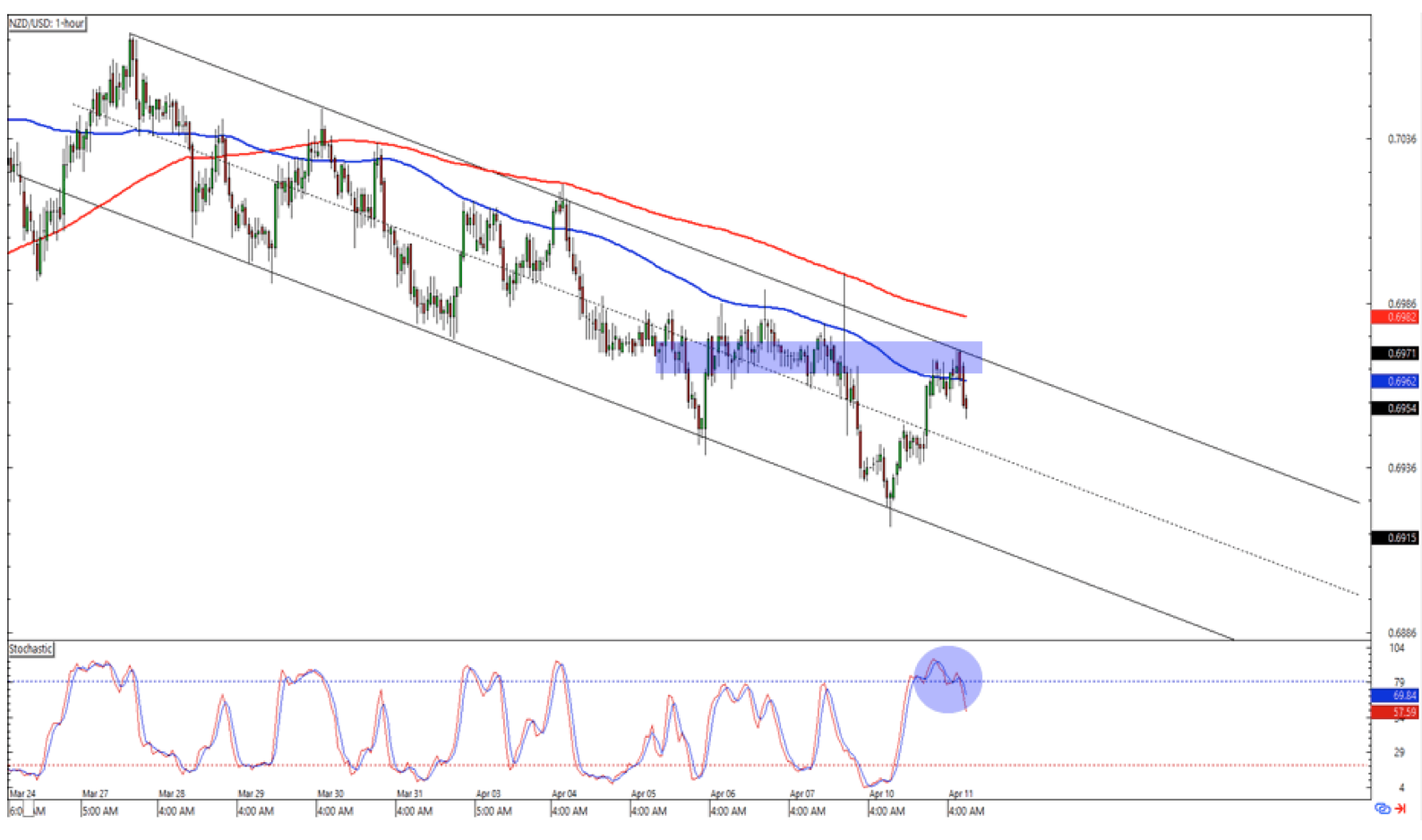Daily Insights Report 11/04/17
- 11 Apr 2017
Italy’s industrial output rose by less than what was expected. The industrial production in the country increased by 1% month-over-month in February, after showing signs of recovery from recovery after suffering a 2.3% drop in January. Output rose the most for capital and intermediate goods but fell for energy and consumer goods.
– Though there was an initial increase in the strength of the Dollar, this was quickly changed after the Euro moved up from a one-month low against the USD even though there is an upcoming French election. The Euro was slightly up at $1.0592, after touching $1.0571 earlier in the session.
– The Yen also recovered from an early decline, since the Dollar fell 0.1% to reach 110.96. Since the beginning of the year, the Yen has gained around 5% against the Dollar.
– The decline of the Dollar reflected an increase in demand for US Treasuries.
Commodities
– Since there have been concerns about the potential for supply disruptions, the price of oil has been kept supported. There has been a steady rise in the price of oil, and this has accounted for about a 10% rise. Brent crude settled at $55.98 a barrel, and increased 1.3% yesterday. This is near the last week’s one-month intraday peak which is $56.08 a barrel. Brent crude has increased in price for six consecutive trading sessions. West Texas Intermediate (WTI) crude was trading 1.6% higher at $53.05 per barrel.
– Gold managed to recover from an early dip in oil prices. The metal rose from $1,248 to $1,254 per ounce.
United States Dollar (USD)
NFIB Small Business Optimism Survey (March)
Looking at the NFIB small business index, it is likely to have dropped 2.5 points in March to reach 102.8. This is relatively strong, and is even above the final three-month average of 99.7 seen at the end of 2016. Already released data showed that around a third of small employers reported job openings that they could not fill in March. 28% of owners reported that they had raised workers’ compensation. This is the highest reading seen since mid-2007. The Republican efforts to replace the Affordable Care Act failed in March, and this led to many questions about the prospect for the comprehensive corporate tax reform that is scheduled to be completed this year. That could be a reason for dampening sentiment, as uncertainty has effectively increased.
Great Britain Pound (GBP)
Consumer Price Index (March)
The UK’s headline CPI inflation should have decelerated slightly to 2% year-over-year in March, from 2.3% in February. Consumer prices are likely to grow again since higher import prices will continue to make their way to consumer prices as the year continues. Similarly, electricity prices are expected to rise sharply from April as five of the ‘Big Six’ UK energy suppliers announced that they would increase their prices as they are facing a weaker pound, a recovery in oil prices, and food price inflation as well. Even though recent data regarding the Pound has shown that gained some of its value, it is still much weaker than it was prior to the referendum decision. The Pound is currently about 15% weaker against the Dollar and 10% lower against the Euro.
The latest Markit PMI survey showed that a substantial increase in average purchase prices in both manufacturing and services in the final month of the first quarter. Output prices also rose quickly, with the pace of increasing remaining close to its record high in January.
Technical Analysis
NZDUSD

Looking at the hourly chart of the NZDUSD, it can be seen that there is a downward channel that the pair has been moving inside of for a while now. The pair has just come down from the 0.6970 area which was in the middle of the channel. The 100 day SMA (shown by the blue line) has not been broken since late March. The stochastic indicators are showing overbought levels, which suggest that the trend will continue.

